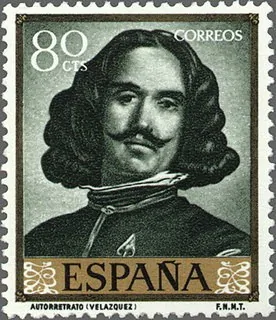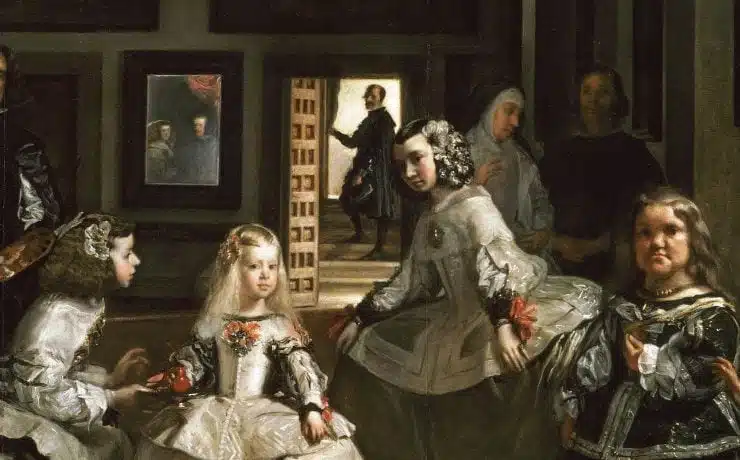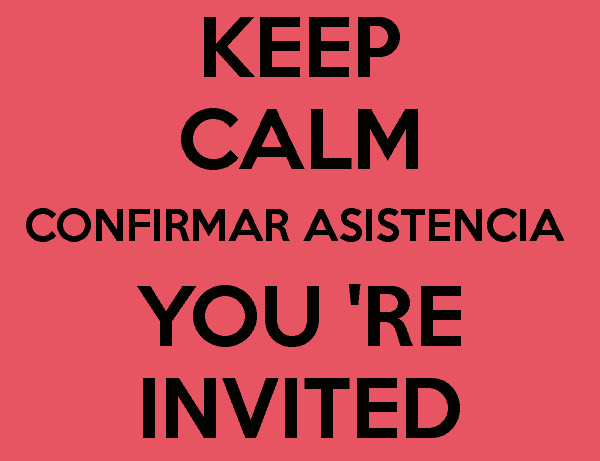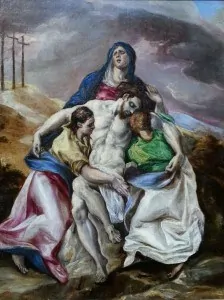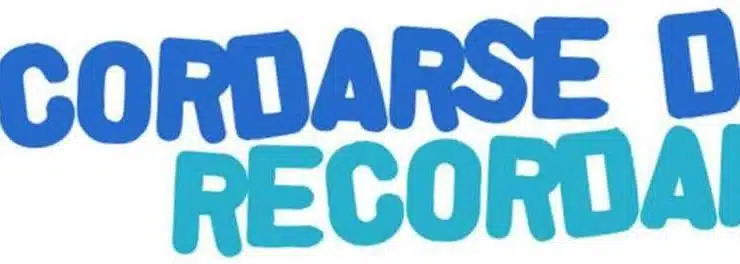
What is the difference between “acordarse” and “recordar”?
Do you know the difference between “acordarse” and “recordar”? It’s easier than it sounds! The main difference is their structure: Acordarse means to remember something. We always use it with a pronoun and it is generally followed by the preposition “de”. No me acuerdo. I don’t remember. ¿Te acuerdas


